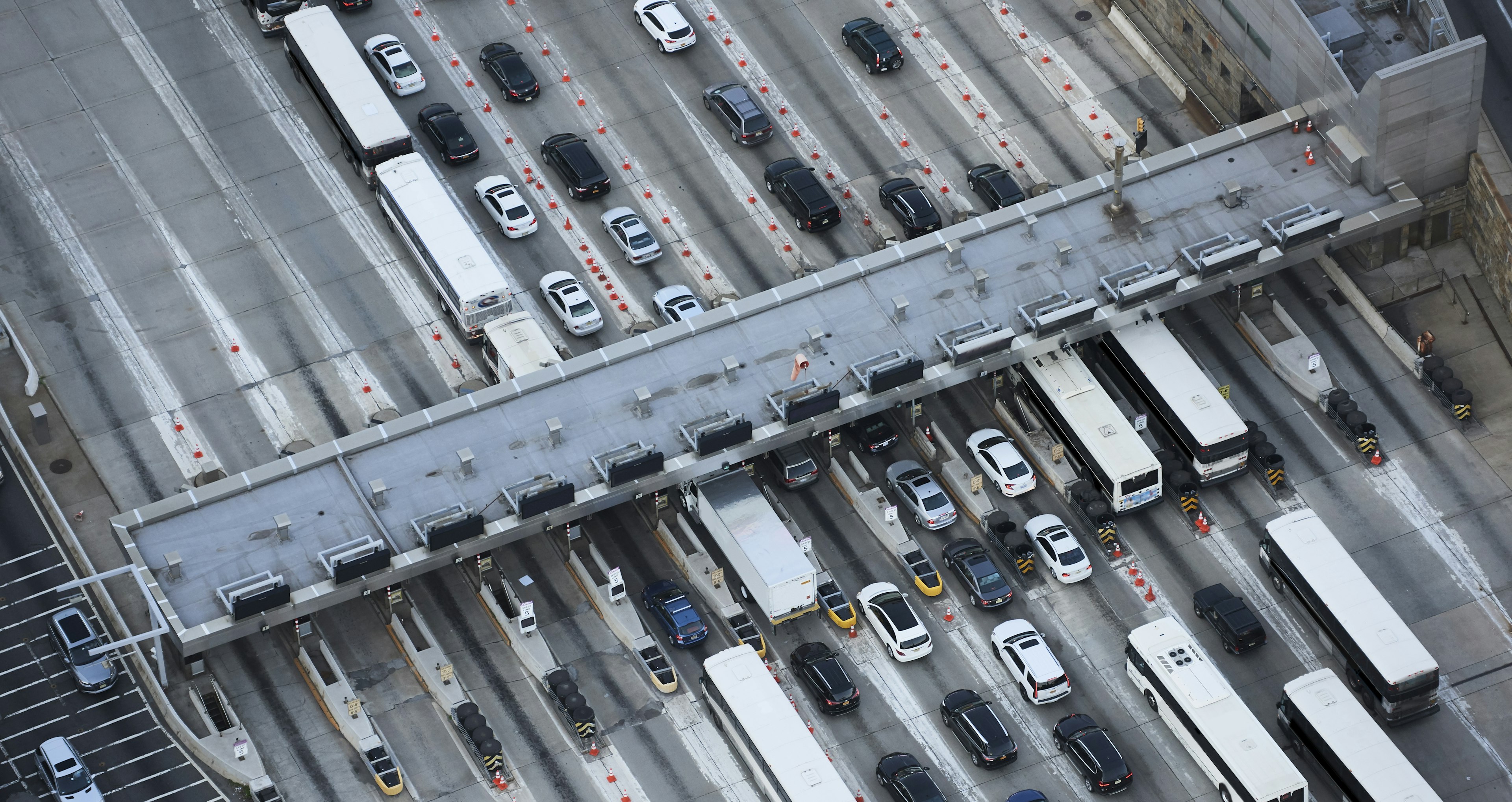When Dean, manager of major ATM business Bancsource, was suddenly tasked with handling the toll expenses of 200+ vehicles, he didn’t know where to turn. In need of a toll management company, he consulted Mike Albert Fleet Solutions for help.
“I got on the phone with Mike Albert and said, ‘Hey look, how soon can we get our toll system up and running so that we’re not paying these fees?’” Dean said. “The whole team at Mike Albert basically stopped what they were doing and was able to manage us through that transition without us having to pay a toll overcharge.”
In Dean’s words, Mike Albert’s toll management system was a lifesaver. Since then, Bancsource’s collaboration with Mike Albert Fleet Solutions has been an ongoing success story far beyond just toll management. But Dean isn’t the only fleet manager who has struggled with nailing down the perfect toll management system.
Where to start when you face tolling charges across tolling authorities and fleet vehicles?
While authorities are usually accustomed to working with localized or regional facilities, large-scale fleets often glide between states. This makes expenses especially complicated to manage across regional boundaries.
And relying on only an internal accounting manager to do all the back-end work of toll management is usually an expensive, lengthy process. In an age where paperless technology is booming, managing cash and invoices isn’t so efficient for fleet managers. When fleets have a hodgepodge of vehicles — rented, owned and leased — it’s nearly impossible to keep track of all the ins and outs of every driver’s expenses.
Steps to gain control of tolling charges:
- Centralize all of your operation's fleet vehicle data to one location. A rolling list of active units and drivers is critical to efficiently operating a fleet. You gain oversight into where the assets are, what the asset is and who is driving the asset.
- Implement processes to maintain compliance across the fleet. Enable drivers to support those processes by establishing expectations and provide a means of confirming completion of compliance tasks. Utilizing a platform with driver reports can help. This system will allow you to roll out and activate unit based technology.
- Connect with a fleet partner to implement a toll management system. Rather than have to call and work out issues with multiple tolling authorities and waste precious resources, fleet managers rely on toll management systems to centralize the administration of transactions. Toll management technology can be accessed through a fleet management company like us, Mike Albert Fleet Solutions.
How does a fleet toll management system help?
A toll management system allows for centralized controls, reporting and payment processing. In turn, this keeps drivers from needing to stop, eliminates the need for multiple invoices and can cut toll costs.
The process to implement is simple if your fleet vehicle data is in one central system.
- Your fleet partner shares each unit's license plate number with the service provider.
- Their service provider registers each unit with participating toll authorities
- Your driver receives a transponder or window cling along with communications explaining how the process works.
- Drivers can begin to utilize the indicated electronic toll lanes once the transponder is installed.
Once implemented administrators gain access to a web based platform where they can customize reports, set up automatic payments, implement restrictions and more.
Is your organization interested in implementing a toll management program? Contact us to learn more.



